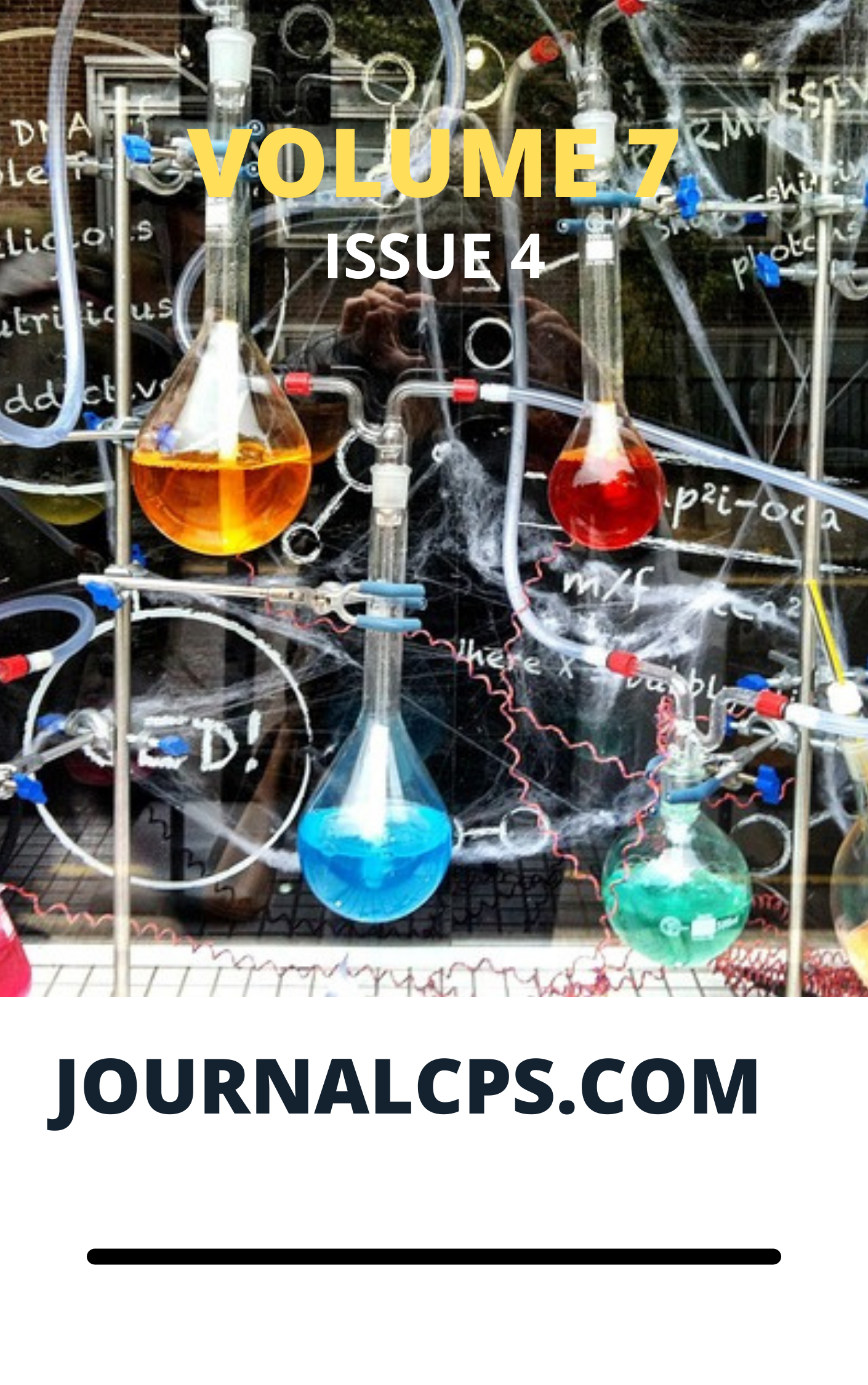Structural Interpretation of 3D Seismic Data in Agbami Field
Keywords:
Reservoir simulation, recoverability, seismic continuityAbstract
Juliet. E. Emudianughe. Kelvin. E. Uwuigbe and Sunday Utah*
The complexity of a subsurface structural configuration has a significant role in hydrocarbon migration and trapping mechanisms. This study was designed to ascertain the structural profile of part of the Agbami field as a core index of hydrocarbon play using well log and seismic volume data. From the well-seismic correlation, formation Sand A, with good producibility, recoverability indices which corresponded to a seismic continuity was mapped alongside its associated faults. The observed surface showed subsurface features including the structural geometry of the study area. Discontinuities trend W-E direction, with the majority dipping eastward. Two major faults were identified and corresponded to the growth fault of the study area, which forms a two-way closure as a hydrocarbon prospect in the study area. This study has created a workflow for pre-reservoir simulation studies for the Agbami field.
Downloads
Published
Issue
Section
Most read articles by the same author(s)
- Juliet E. Emudianughe, P. M. Eze, Sunday Utah, Porosity And Permeability Trend In Agbami-Field Using Well Log, Offshore, Niger Delta , Communication In Physical Sciences: Vol. 7 No. 4 (2021): VOLUME 7 ISSUE 4
Similar Articles
- Ajogwu Cordelia Odinaka, Aaron Auduson, Tope Alege, Yusuf Odunsanwo, Formation Evaluation Using Integrated Petrophysical Data Analysis of Maboro Field Niger Delta Sedimentary Basin, Nigeria , Communication In Physical Sciences: Vol. 11 No. 3 (2024): VOLUME 11 ISSUE 3
- Juliet E. Emudianughe, P. M. Eze, Sunday Utah, Porosity And Permeability Trend In Agbami-Field Using Well Log, Offshore, Niger Delta , Communication In Physical Sciences: Vol. 7 No. 4 (2021): VOLUME 7 ISSUE 4
- Chidozie Izuchukwu Princeton DIM, AN INTEGRATED APPROACH TO PETROLEUM EXPLORATION IN THE EASTERN COASTAL SWAMP DEPOBELT OF THE NIGER DELTA BASIN, NIGERIA. , Communication In Physical Sciences: Vol. 2 No. 1 (2017): VOLUME 2 ISSUE 1
- Humphrey Sam Samuel , Emmanuel Edet Etim, John Paul Shinggu, Bulus Bako, Machine Learning in Thermochemistry: Unleashing Predictive Modelling for Enhanced Understanding of Chemical Systems , Communication In Physical Sciences: Vol. 11 No. 1 (2024): VOLUME 11 ISSUE 1
- 1. Olowonefa Richard, 2. Auduson, Aaron Enechojo, Ologe Oluwatoyin, 4. Yusuf Odunsanwo , 5. Agbane Isaac Ojodomo, Geomechanical Characterization and In-Situ Stresses Analysis for Predicting CO₂ Storage Potential: A Case Study of Toba Field, Niger Delta , Communication In Physical Sciences: Vol. 12 No. 5 (2025): Vol 12 ISSUE 5
- Kelechi K. Ochommadu, Nwamaka I. Akpu, Okhuomaruyi D. Osahon, Comparative Evaluation of Bone and Some Materials Used as Bone Tissue Substitutes in Radiotherapy and Radiological Applications , Communication In Physical Sciences: Vol. 12 No. 3 (2025): VOLUME 12 ISSUE 3
- YUSUF MOHAMMED AUWAL, OSITA CHUKWUDI MELUDU, TIMTERE PASCAL, Computational Modeling and validation of Indoor Radon Gas Dynamics and Accumulation Using Ansys Fluent Simulation , Communication In Physical Sciences: Vol. 12 No. 4 (2025): VOLUME1 2 ISSUE 4
- Musa Ndamadu Farouq, Nwaze Obini Nweze, Monday Osagie Adenomon, Mary Unekwu Adehi, Derivation of a New Odd Exponential-Weibull Distribution , Communication In Physical Sciences: Vol. 11 No. 4 (2024): VOLUME 11 ISSUE 4
- Muteeu Olopade, Soko Swaray, Enhancing AgBiS2 Solar Cell Efficiency: Buffer Layer Comparison and Parameter Optimization , Communication In Physical Sciences: Vol. 12 No. 4 (2025): VOLUME1 2 ISSUE 4
- J.Y. Falgore, M. Sirajo, A. A. Umar, M. A. Aliyu, On Flexibility of Inverse Lomax-Lindley distribution , Communication In Physical Sciences: Vol. 7 No. 4 (2021): VOLUME 7 ISSUE 4
You may also start an advanced similarity search for this article.




